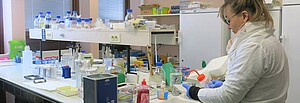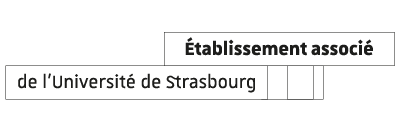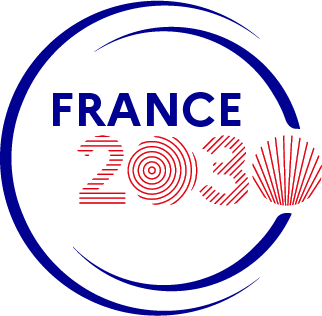"From mid-2015 onwards, we asked all the site's laboratories to analyse their strengths and weaknesses and reflect on the issues affecting their research," said Catherine Florentz, Vice President of Research and Doctoral Training. The objective: to put forward a laboratory plan for the next five years, including restructuring if necessary. To do this, the laboratories were supported by a steering committee made up of members of the university and the other institutions involved.
The entire vice-presidential team and the Research and Development Management team were mobilised. "We paid particularly close attention to the human aspect and took the time to talk with the project leaders, individuals and/or teams affected by the reorganisation", said the vice president. Not to mention consultation meetings with the supervisory bodies (CNRS, Inserm, UHA, University of Lorraine, etc.) and the resulting exchanges and negotiations.
All the projects were then submitted and evaluated by HCERES. The next step was the on-site visit by the committees. Over 800 experts made the trip! "The research units were satisfied with all the assessments, and the recommendations have been or will be followed.”
Six facilities restructured and one created from scratch
For the next five years, 28 research units in Domain I have been renewed and two restructured. For example, researchers from the Interdisciplinary Research Institute for Science and Technology (IRIST) have incorporated the research concerns of the Laboratory of the History of Science and Philosophy-Henri Poincaré Archives, a joint research unit of the University of Lorraine, with the French National Centre for Scientific Research (CNRS) at an international level to become the Henri Poincaré Archives-Philosophy and Research on Science and Technology (AHP-PReST). The University of Strasbourg will also take charge of this joint research unit. "It's a great collective success. IRIST was a very small facility carrying out quality research; today, this merger enhances the skills of collaborators and helps to create stronger areas of research within AHP-PReST", says Catherine Florentz.
In Domain II, 15 research units have been renewed and two restructured. The new Molecular Innovation and Applications Laboratory (LIMA) is the result of the merger of the Laboratory of Molecular Chemistry (LCM, Unistra/CNRS) and the Laboratory of Organic and Biochemical Chemistry (COB), a postgraduate research centre at the University of Upper Alsace. "The two facilities tackled similar subjects and had complementary skill sets. It was a logical move to link everyone together, creating a thriving facility with a strong regional presence", said the vice president.
In the same way, the newly created Regenerative Nanomedecine Laboratory, in collaboration with Inserm, is the result of the restructuring of various teams in Domain III. "It's about creating sufficient critical mass to be able to tackle large-scale projects." In Domain III, 26 research units have been renewed, two are being restructured and one new laboratory has been founded. In addition to the profiles of the laboratories (postgraduate research centre, joint research unit, individual research unit, service and research unit), the total number of which remains unchanged at 72, there has been a change of management for 35.
All of this is being built with a longer-term strategic vision in mind, one which stretches well beyond 2022. "The objective is to stabilise the landscape, to continue to develop research centres that act as a reference for others, to promote cutting-edge scientific breakthroughs and to enhance our international visibility and influence. It is also a question of giving extra visibility to topics that are still too little-known and sporadically explored even though they are excellent, by promoting new unions like the Lima or Poincaré Archives joint research units", concludes Catherine Florentz.
















